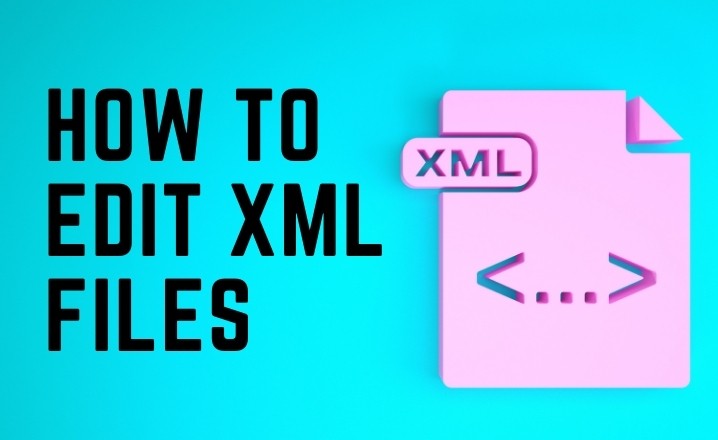XML (Extensible Markup Language) is a widely used computer language for formatting file components, programs, and Microsoft Internet Explorer. XML files are crucial components in the digital world and have the ability to interact with other functionalities effectively. While they can’t be frequently displayed or operated without proper instructions, they can be viewed and modified.
Here we present four easy methods to edit XML files. Whether you are a beginner or an experienced user, these methods will help you get started. So, let’s dive in.
Check Also: Why Do Some URLs End in HTML?
Method 1: Locating the XML file
The first step in editing an XML file is to locate it on your hard disk. To do this, follow these steps:
- Click on the “Start” icon in the desktop taskbar.
- Choose “Run” from the drop-down menu.
- Type the name of your XML file in the blank data form that appears.
- Click “OK” to check the location of the file on your device.
- The results of your “Run” app will open in the Windows Explorer dialog window.
Method 2: Opening the XML file with Notepad
Once you have located the XML file, you can open it with Notepad. Here’s how:
- Scroll down the search results provided by the Run application.
- Right-click on the file location and select “Open With” from the drop-down menu.
- Choose “Notepad” to open the file content.
- The code language of the file material will be displayed.
Method 3: Editing the Document
Once the XML file is open in Notepad, you can start editing it. Be sure to follow these tips:
- Do not move asterisks, flashes, or dot marks as they add to the structure of the text.
- Edit the document as you wish.
- Press the “File” tab at the top of the program in the navigation menu when you are finished.
Method 4: Saving the Altered XML File
When you have finished editing the XML file, you need to save it. Here’s how:
- Click on the “Save As” button and choose “Desktop” from the left panel of the “Save As” dialog.
- Save your desktop document. (If you wish to avoid overriding an existing document, store your newly altered document in another place. XML files cannot be overridden.)
- Confirm the location of the file and close the dialog window by clicking “OK.”
- You will see the latest altered file symbol on the desktop of your machine.
Method 5: Overriding the Original XML File
If you have added the altered XML file to the original XML file that still needs to be identified, you can override the original file automatically. Here’s how:
- Drag your modified file to the original XML file on your computer desktop that still needs to be identified.
- The machine will allow the override to cancel the original file automatically.
- A new screen will be shown, informing you about the override status.
Notes, Tips & Warnings
- Locate and access duplicate files stored on your computer for easy retrieval.
- Identify files by searching for their name or keywords within the file name.
- Avoid attempting to save opened XML files as they are typically not meant to be edited.
- Follow the given instructions and information as these files can be difficult to locate.
- XML files may have the extension .xml or .dll and may not always be recognizable as such.
- To open the file, use the “Open With” option and select “Browse” if the program you need, such as Notepad, is not listed.



